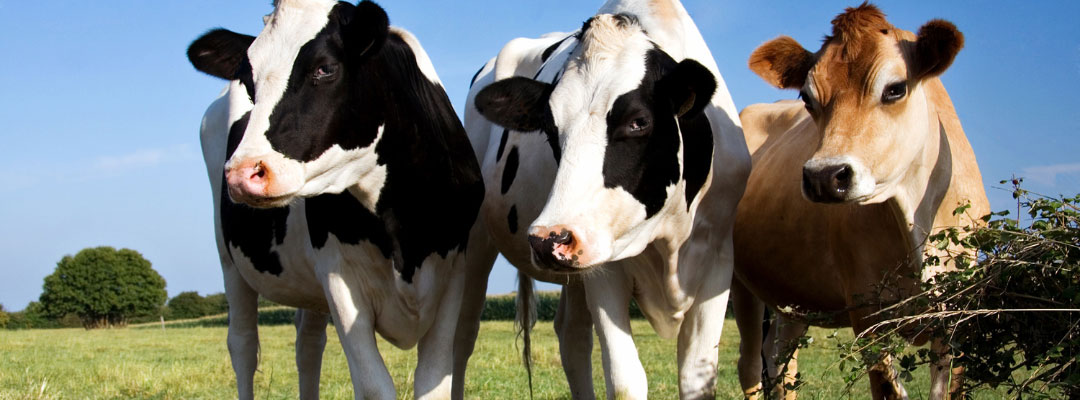Squeeze situations in financial markets have been in the news this year. In early 2021, the stock of the company GameStop was subject to extreme price volatility as a large number of short sellers were forced to buy back their positions while other traders were buying the stock aggressively. Squeeze plays exist in commodity futures markets, too. A common example of this can happen with short speculators in a rising futures market. Assuming those speculators can’t deliver the physical commodity against their short futures position, they are left having to buy their way out of their short futures position, which contributes to upside price volatility.
A different version of this short squeeze situation is playing out in ICE cotton futures in the current marketing year. The set-up for this situation involves a number of things. First, there is a physical supply imbalance in the form of the very low level of physical “certified stocks” of cotton that are eligible for delivery against ICE cotton futures contracts, as shown in Figure 1. Daily certified stock levels are published daily by the ICE.
Second, there is a historically high level of “unfixed call sales” contracts, especially on the Mar’22, May’22, and Jul’22 cotton contracts. Unfixed call sales represent un-finalized basis contracts between merchants and mills which will eventually require buying of futures to fix the price. This situation is reflected by weekly data published by the U.S. Commodity Futures Trading Commission.
Third, there is also historically large, long speculative positioning in ICE futures, including both hedge funds and index funds. With the current expectations for rising inflation, speculators who are long cotton futures may hang on to, or even expand their long futures position in ICE cotton. This could lead to continued futures price volatility, especially during February, April, and June.

Chart Source: Author compiled with data from USDA Ag Marketing Service (https://www.ams.usda.gov/market-news/cotton-tobacco ) and cotton certified stocks from the Intercontinental Exchange (https://www.theice.com/marketdata/reports/4/product/588/hub/732/isOption/false/isSpread/false ).
Robinson, John. “Current “Squeeze” Dynamics in ICE Cotton Futures.” Southern Ag Today 1(50.1). December 6, 2021. Permalink








